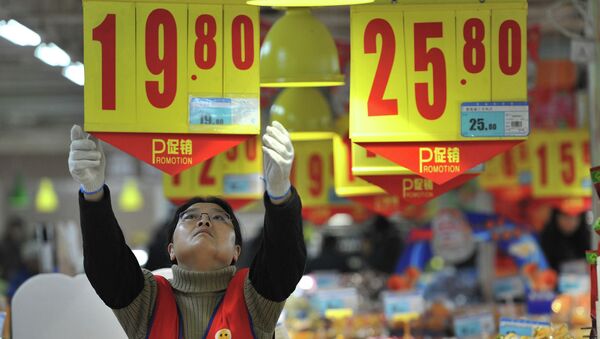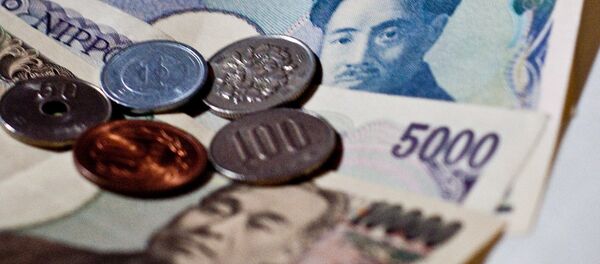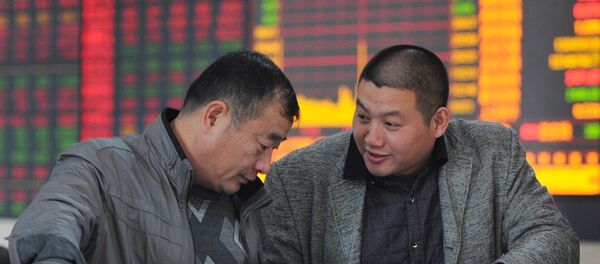The December figures represents a 0.1 percent rise from November's 1.4 percent consumer price inflation, which Chang Jian, chief China economist at Barclays, attributed to a rise in food prices, but that "growth in non-food prices, however, fell to a 56-month low of 0.8 percent, led by falling transportation and housing costs," the agency reported.
Also released were figures for the producer price index (PPI), which Xinhua reports was down 3.3 percent in December year on year, and was 0.6 less than the rate for November, the steepest fall in more than two years. The HBS told the agency that the drop was largely due to lower oil prices, as well as lower prices for natural gas and chemicals.
The PPI in 2014 grew 1.9 percent year on year, and analysts anticipate that the declines will translate into deflationary trends. "Going forward, we do see the risk of deflation is rising, especially [as] PPI inflation has been in negative territory for over 34 months," Liu Ligang, an economist with ANZ Banking Group, told the BBC, commenting on the figures. "In fact, CPI will continue to be dragged down by PPI inflation in the next few quarters [and] all this suggests the People's Bank of China will need to act more aggressively."
Xinhua reported that the released statistics "create space for policy makers to take easing measures," and that there is anticipation among some analysts that the People's Bank of China (PBOC) will cut interest rates and the reserve requirement ratio (RRR) for banks in the first half of 2015. However, Ligang predicted reluctance on the part of the PBOC to take such measures, and recommended "both structural reform measures and monetary policy tools," to tackle deflationary risks.




